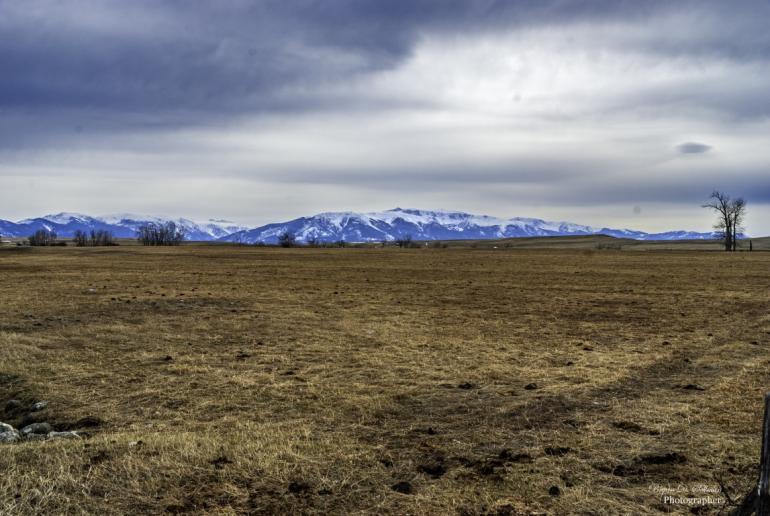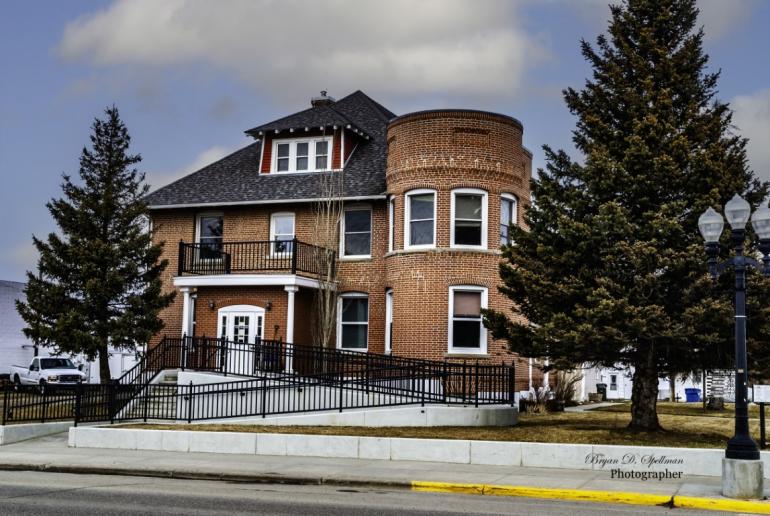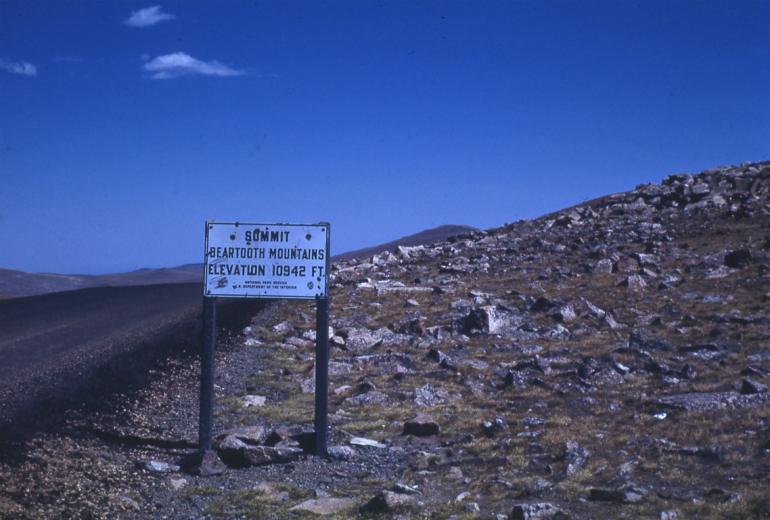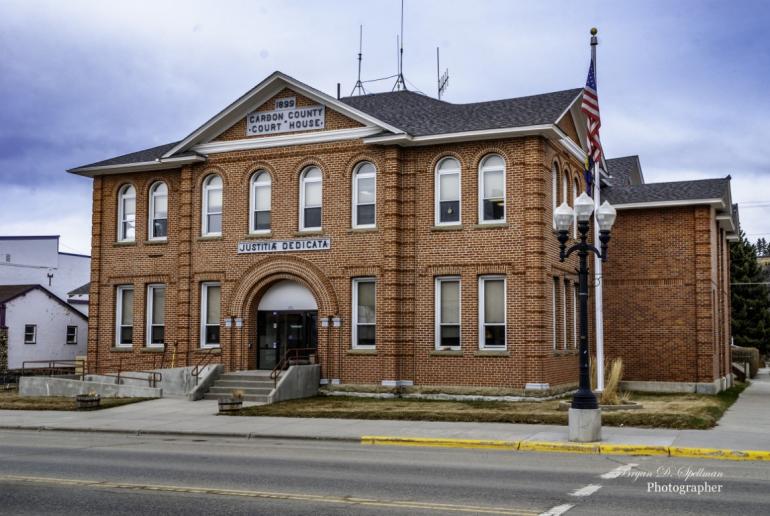Get To Know a County: Carbon County
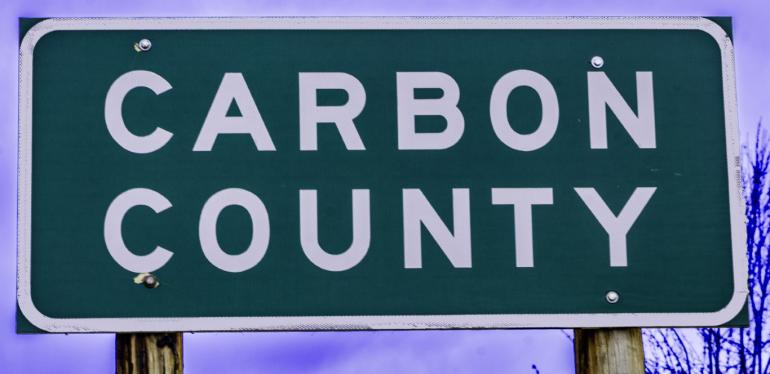
On March 4th, 1895, the Montana Legislature took land from Park and Yellowstone Counties to create Carbon County, named for the coal deposits underlying the area. Centrally located, the largest town in the new county, Red Lodge, became the county seat. Today, Carbon County covers 2,062 square miles and the 2020 U.S. Census counted 10,473 residents. Note that this is down from a 1920 high of 15,279, but considerably higher than the 1970 low of 7,080—the lowest population ever recorded in the county’s history. The county number is 10.
The 1851 Fort Laramie Treaty established the Crow’s rights to land stretching from the Yellowstone River to Wyoming’s Wind River Mountains, including all of what is now Carbon County. But the treaty was amended, first to allow white settlement, and ultimately to diminish considerably the size of the Crow Reservation, following the discovery of coal and gold near Red Lodge.
As you may guess, coal played a vital role in the development and growth of Carbon County. A fascinating article in the Montana AHGP (American History and Genealogy Project) titled “Carbon County, 1921,” talks of the 1887 discovery of coal near Red Lodge, which in turn brought the railroad to Carbon County. Immigrants from across Europe moved into the area to work in the mines, leaving a lasting impact on the area. Until recently, an annual Festival of Nations celebrated the various ethnic groups who built Red Lodge and Carbon County. I personally visited many times to hear the bagpipes, eat haggis and dance on Scottish Day.
Like the county, Red Lodge’s population grew rapidly from an 1890 count of 624 to a 1915 high of 6,000. For the next six decades, the decline in mining led to a population decline until 1970’s low of 1,844. Since then, the city seems to have stabilized around 2,000 residents.
Mining no longer plays the role it did prior to the Great Depression. It has been replaced by agriculture and tourism. Agriculture, primarily in the form of cattle, sugar beets, and fruit orchards, is concentrated in the northern and central portions of the county. This is thanks largely to the abundant water flowing out of the Beartooth and Pryor Mountains to the south and east.
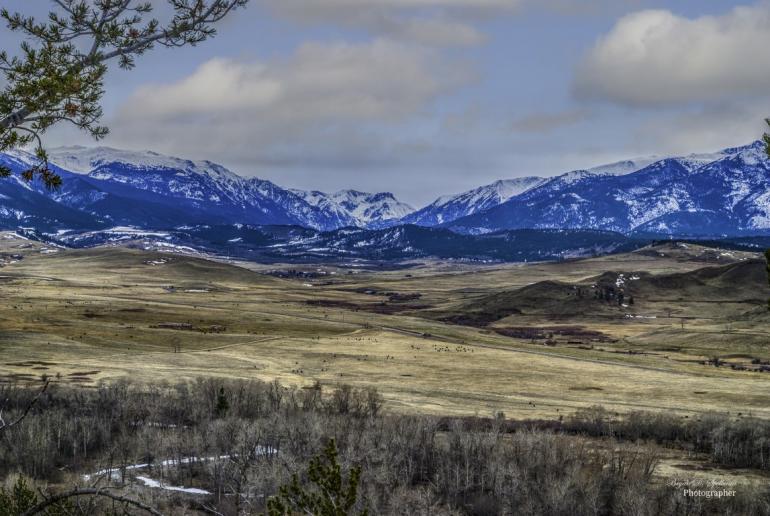
Tourists are drawn to the spectacular scenery, especially the Beartooth Pass National Scenic Byway, US 212, which connects Red Lodge with Cooke City, Montana, and the northesterrn entrance to Yellowstone, after a brief sojourn through northern Wyoming. CBS correspondent Charles Kuralt called it “the most beautiful drive in America.” It is not for the faint of heart. And while the state of Montana claims that the highway is usually open by Memorial Day, I have found the road closed due to snow in July. Thanks to my father’s photography, I can even recollect a Red Lodge Chamber of Commerce “Top of the World Buffet.” This “party,” held on August 2nd, 1951, used heavy snowbanks along the highway to keep the beer and soft drinks chilled. All I’m saying is that if you drive the Beartooth Highway, don’t be surprised if you encounter snow—any time of the year.
And if you’re looking for snow, Red Lodge Mountain has seven lifts and seventy runs. Normally open for skiing from November till April, the mountain has hosted the U.S. Olympic teams for summer practice runs. Not this year, though.
Fishing is one of the more popular pastimes in Carbon County. Cooney State Park, just over eight miles west of the town of Boyd, offers camping, boating, hiking, and fishing for walleye and rainbow trout. The State Parks website calls it “the most popular recreation area serving south central Montana,” and warns that it is always busy in the summer. Fish, Wildlife and Parks lists fishing access sites (FAS) at Bridger FAS (Clarks Fork Yellowstone River), Beaver Lodge FAS on Rock Creek near Roberts, Horse Thief FAS also on Rock Creek near Roberts, West Rosebud Lake FAS near Luther, Bull Springs FAS near Fox, as well as Wild Bill Lake and Montana Trout Scout, both near Red Lodge. My father, an avid fly fisherman, loved fishing the Beartooth Lakes near the pass along the Wyoming line.
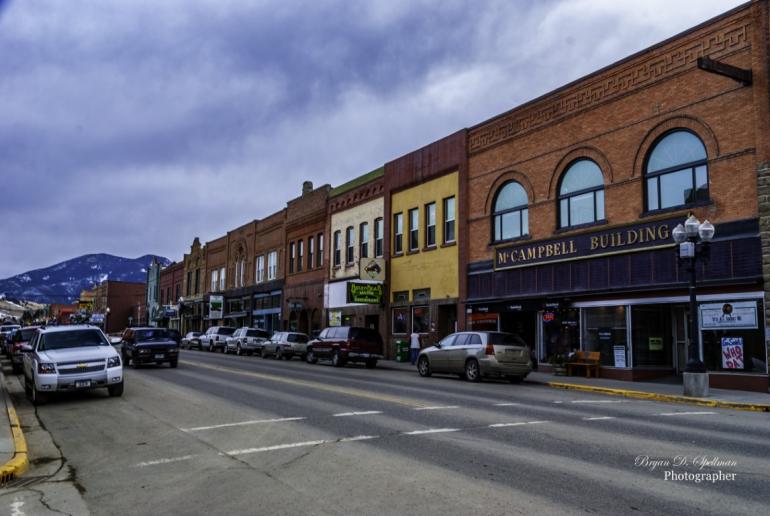
If it’s history you’re after, there’s lots to be found in Carbon County. A good place to start is the Carbon County Historical Society and Museum in downtown Red Lodge. Housed in a 1909 building at 224 Broadway Avenue North, the museum has exhibits on agriculture and homesteading, mining of course, the Crow Indian people, the Festival of Nations, and even Liver Eatin’ Johnson, who served as an early lawman in Red Lodge.
Carbon County has sixty-six listings on the National Register of Historic Places, including eleven in Red Lodge. The county courthouse and the former Carbon County Hospital and Sanitorium are both part of the Red Lodge Historic Commercial District.
The Clark’s Fork Valley Museum, located in the former Northern Pacific Railroad Depot in Fromberg, is also worth a visit. The building is on the National Register, and the museum offers exhibits of the area’s history, including a doctor’s office and a homesteader’s cabin.
Off the beaten track, Penn’s Cabin in the eastern end of the county has been restored and can be reserved, should you wish to spend the night. Located some 70 miles east of Red Lodge in the Pryor Mountains, the cabin is near the Big Ice Caves as well as the west bank of Big Horn Canyon, and is a great place to view wildlife, including the 150 wild horses that live in the Pryors. A word of warning: almost half of that 70 miles is unpaved, and at some point, you’ll have to choose between retracing your drive, or heading south into Wyoming.
In summation, I’ve spent a lot of time in Carbon County, both as a child and an adult, and have always enjoyed myself. Give it a try—it’s well worth a visit or three.

